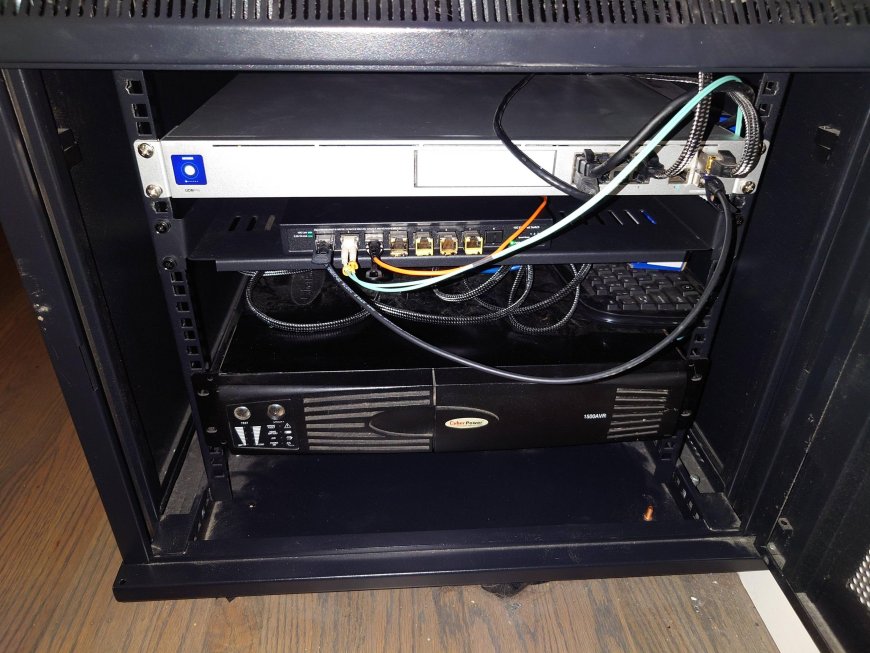Skyrocketing SSD Prices Due to Flash Shortages: The Impact on High-Capacity Models
The SSD market is facing a significant upheaval as prices for higher-capacity consumer SSDs are expected to "skyrocket" this quarter. A critical shortage of NAND packages, which are essential components in these drives, is the primary cause of this steep price increase. This article examines the factors contributing to this shortage and its implications for both the industry and consumers.

Shortage of Critical NAND Packages Triggers Price Hikes
Industry insiders have reported to Tom's Hardware that there is an acute shortage of NAND packages, particularly those consisting of four and eight NAND devices. These packages are crucial for the performance of modern 2TB and 4TB SSDs, which are widely used in high-end consumer and enterprise applications. The shortage has already begun to manifest in retail price increases, with a more significant impact expected later in the quarter.
Also check OneXPlayer X1: Revolutionizing Handheld Gaming with a 3-in-1 Design
The Technical Challenge: Short Supply of Single-Sided SSDs
The shortage specifically affects single-sided SSDs in the M.2-2280 form factor, which typically carry four 3D NAND packages. High-capacity drives like 2TB and 4TB models rely on these packages for optimal performance. The current supply crunch is partly due to SSD manufacturers struggling to secure an adequate supply of these critical components. This shortage is causing suppliers to raise their prices, which will ultimately lead to higher prices for end-users in the coming months.
Timeframe for Full Impact of Shortages on Supply Chain
It is estimated that it may take two to three months for the full effects of the NAND package shortages to permeate the entire supply chain. This delay will likely result in a significant price surge for some of the most sought-after 2TB and 4TB SSDs.
Underlying Causes for Limited Supply of High-Capacity NAND Packages
There are multiple factors contributing to the limited supply of high-capacity 3D NAND packages. One key issue is that makers of 3D NAND have reduced memory production in recent quarters, a response to low demand. They have also slowed the transition to nodes that enable higher bit densities, further constricting the market supply of flash capacity.
Market Dynamics and Price Trends
According to TrendForce, some buyers have started increasing their purchases, even in a traditionally low-demand season like the first quarter of 2024. This behavior has led to a 15% to 20% rise in 3D NAND contract prices. Suppliers are adjusting their strategies to minimize losses, and manufacturers are responding with aggressive price hikes. Future price trends are likely to hinge on enterprise SSD procurement patterns.
Increasing Consumer SSD Prices Amidst Rising Demand
The consumer SSD market, particularly among PC OEMs, is witnessing a surge in demand, driven by the growing adoption of PCIe 4.0 SSDs. Suppliers, in an attempt to balance their financials, are raising prices for these products. This situation is expected to result in a 15%–20% increase in PC client SSD contract prices. Notebook makers are more likely to accept these new rates. In line with these trends, prices for some popular SSD models have already started to climb, as tracked by price monitoring platforms like CamelCamelCamel.
Conclusion: Navigating the Changing SSD Market
The SSD market is currently undergoing a significant transformation due to the shortages of critical NAND packages. Consumers and industry players alike must navigate this changing landscape, which is characterized by rapidly increasing prices and limited supply of high-capacity SSDs. Staying informed about these market dynamics will be crucial for making sound purchasing decisions in the coming months.


































